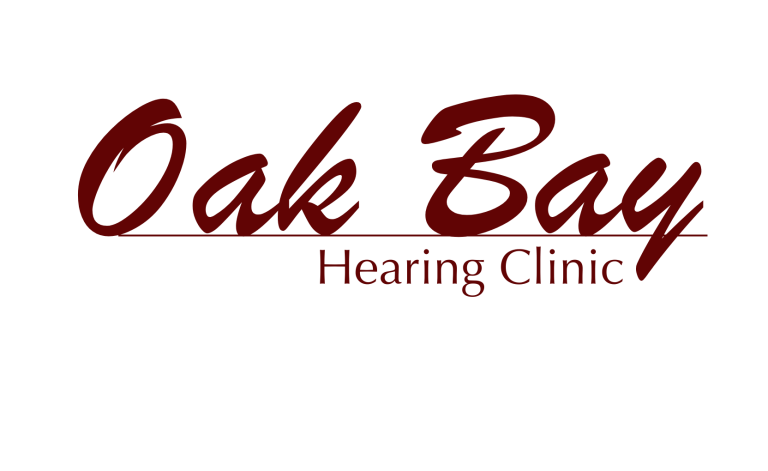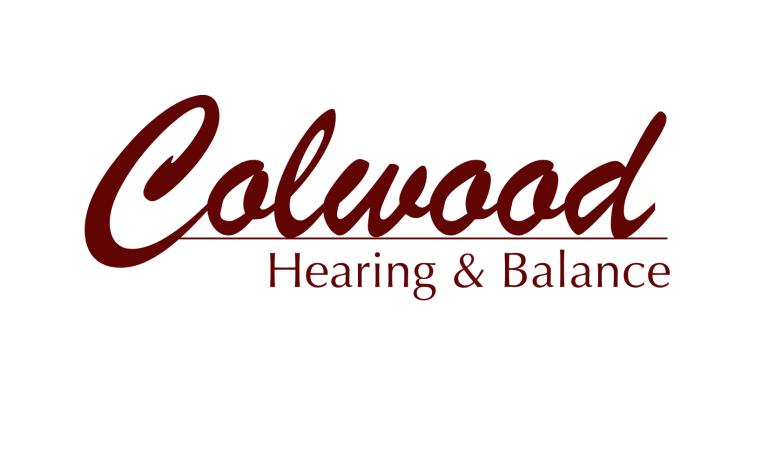So, you have made the decision to try hearing aids. This is what to expect when you come into the clinic for your fitting appointment.
Step 1
Your clinician will start by explaining the process to you, and begin by inspecting your ear canals to ensure they are clear.
Your hearing instruments will be connected to a computer which is how the clinician is able to make acoustic adjustments during the fitting. They will turn you toward the Real Ear Measurement machine and in our offices, we use the Verifit by Audioscan. This equipment is the gold standard in hearing aid verification.
People often ask, “Why not do a retest of my hearing in the sound booth and measure the improvement made by the hearing instruments?” This is the way we used to verify hearing instrument fittings in the old days. The problem with this method is that that the advancements in feedback and noise management have made this method less reliable. Often, the hearing instrument will confuse the pure tone sounds with feedback or noise and therefore will try to cancel these signals.
Step 2
Next your clinician will put a small microphone down your ear canal which will measure the output of the sound as it reaches your eardrum. Your new hearing aid will then be placed on top of this microphone and the hearing aids will be turned on.
At this point, there will be a variety of speech signals presented from the Verifit that will allow the clinician to adjust the hearing aids in such a way that we can ensure the right amount of volume is presented at each frequency.
An important part of this measurement is ensuring sound does not exceed your loudness tolerance levels.
Step 3
Once the Real Ear Measurements are completed, the clinician will talk with you about your first impressions of the sound.
Once the sound levels are set for your hearing loss, the instruments will be removed from your ears and the clinician will go over the following:
- Battery insertion/use of charger.
- Care and cleaning of the instruments.
- Insertion into the ear.
- Operation of the volume control and program buttons.
- Operation of accessories (if applicable).
- How to use them during and throughout your day.
- How to use them on the phone.
- What to do with them when they are not in use.
- Counseling about the directional microphones and their function.
- Ideas for adjusting to sound and how to manage noisy environments. Discussions on Auditory Training with programs such as LACE
- What to expect in the first few days and weeks.
- Connecting the instruments to any Bluetooth® accessories such as TV’s or cellphones.
- Then we review the instruction booklet that comes with the hearing instruments.
Step 4
Once you are comfortable with the use of the hearing aids we will go over information on the warranty of the hearing aids as well as the 90 day trial period.
Your follow-up appointments will then be discussed. Generally, two weeks following your fitting you will be booked for your first follow up. At this appointment, we will talk about if you are ready to increase volume or clarity. You will often find your hearing aids to be loud for the first two weeks, this is normal. Your brain is adjusting to hearing new noises, and hearing them at a different level.
It is very helpful at this appointment if you come to the appointment with some notes about your experiences over the first two weeks.
Step 5
Follow-up appointments will continue to be booked for you until there comes a point where you come into see the clinician and feel that there is nothing left to adjust because things sound great for you. During these appointments it’s important to know that we often change the hearing aids and start again with a new hearing aid if it doesn’t seem we are getting close to meeting your expectations for hearing. Sometimes the product we choose initially isn’t the one we end up with in the end. Its important to realize that being fit with a hearing instrument is a process not an event, so we will work together until the end result is satisfaction on your part.
It is this stage of the fitting that requires the most skill on the part of the clinician. Interpreting your impressions and coming up with the right solution is where the challenge lies in the fitting. For some people, their hearing loss and needs are straightforward, while others require a bit more assistance it getting it sounding just right. But whichever person you might be, we are committed to making the process smooth and simple for you and the end result will be a positive improvement in your quality of life.




